In the bustling world of commercial enterprises, smooth operations heavily rely on a reliable electrical system. However, like any other infrastructure, commercial electrical systems are susceptible to various issues that can disrupt productivity, compromise safety, and incur costly repairs. Understanding the most prevalent commercial electrical problems is crucial for businesses to address issues promptly and ensure uninterrupted operations.
1. Faulty Wiring: Faulty wiring ranks among the top concerns in commercial electrical systems. Over time, wear and tear, poor installation, or inadequate maintenance can lead to frayed wires, loose connections, or damaged insulation. These issues increase the risk of electrical fires, power outages, and equipment damage. Regular inspections by qualified electricians can help identify and rectify faulty wiring before it escalates into a more significant problem.
2. Overloaded Circuits: In commercial settings where power demands are high, overloaded circuits are a common occurrence. Plugging too many devices or appliances into a single circuit can exceed its capacity, causing overheating, tripped breakers, and electrical failures. This issue is particularly prevalent in older buildings with outdated electrical systems. Upgrading circuits, redistributing loads, and implementing energy-efficient solutions can mitigate the risk of overloaded circuits.
3. Poor Power Quality: Commercial establishments often require stable and clean power to operate sensitive equipment and machinery effectively. However, issues such as voltage fluctuations, harmonic distortions, and power surges can degrade power quality, leading to equipment malfunctions, data loss, and system failures. Installing voltage regulators, surge protectors, and power conditioning equipment can help maintain consistent power quality and safeguard valuable assets.
4. Lighting Problems: Lighting plays a crucial role in enhancing productivity, safety, and ambience in commercial spaces. Common lighting problems include flickering lights, burnt-out bulbs, and inadequate illumination. These issues not only affect visibility but also contribute to energy wastage and maintenance costs. Regular bulb replacements, cleaning fixtures, and upgrading to energy-efficient LED lighting can address lighting problems and improve overall efficiency.
5. Safety Hazards: Electrical safety hazards pose significant risks to employees, customers, and property in commercial environments. Exposed wiring, damaged outlets, and overloaded extension cords are common culprits that can lead to electric shocks, fires, and injuries. Ensuring compliance with electrical safety regulations, conducting routine safety inspections, and providing employee training on electrical safety practices are essential steps in mitigating safety hazards.
Addressing commercial electrical problems requires proactive maintenance, prompt troubleshooting, and adherence to safety protocols. Businesses are advised to enlist the services of qualified electricians experienced in commercial installations and repairs to identify and rectify electrical issues effectively. Additionally, investing in preventive maintenance programs, upgrading outdated equipment, and implementing energy-efficient solutions can help minimise downtime, enhance safety, and reduce long-term operating costs.
Commercial electrical problems can disrupt business operations, compromise safety, and incur substantial expenses if left unaddressed. Contact us if you have any of these issues or any other commercial electrical problems, we’d be more than happy to assist and take proactive measures to mitigate risks to help your business maintain a reliable and efficient electrical infrastructure


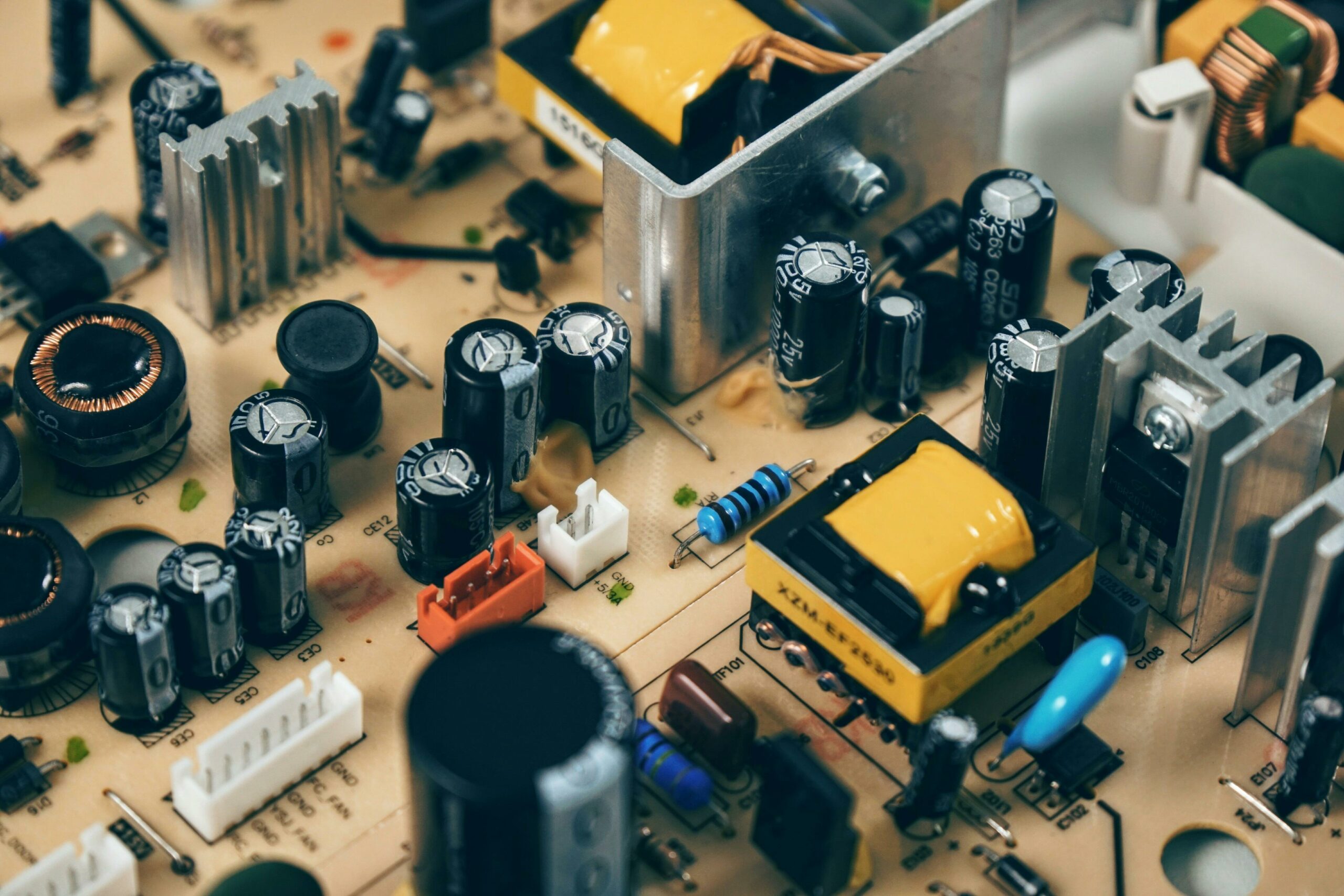
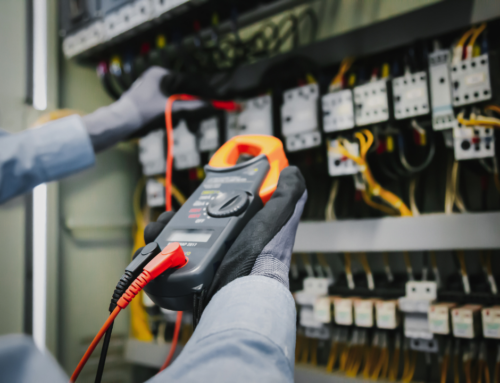
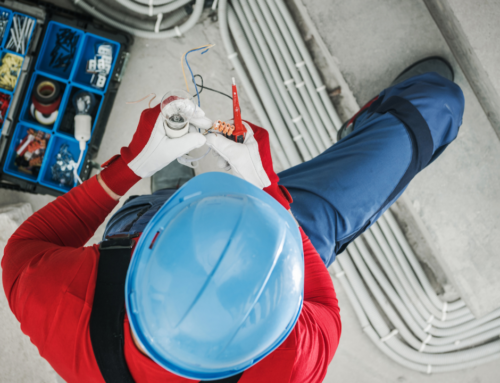
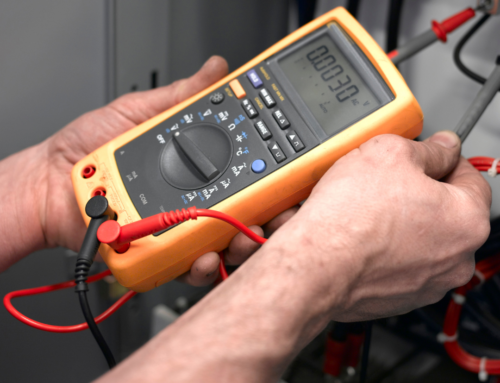
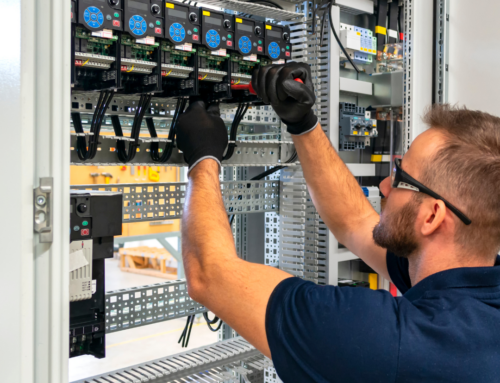
Leave A Comment